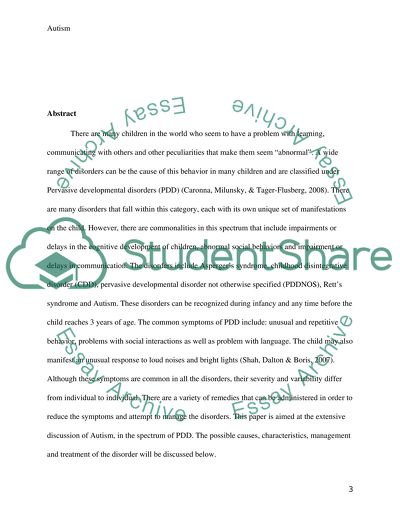Cite this document
(“Autism is a Very Serious Disorder as it Affects the Normal Functioning Research Paper”, n.d.)
Retrieved from https://studentshare.org/psychology/1393068-autism-is-a-very-serious-disorder-as-it-affects-the-normal-functioning-in-children-and-persists-into-their-adulthood
Retrieved from https://studentshare.org/psychology/1393068-autism-is-a-very-serious-disorder-as-it-affects-the-normal-functioning-in-children-and-persists-into-their-adulthood
(Autism Is a Very Serious Disorder As It Affects the Normal Functioning Research Paper)
https://studentshare.org/psychology/1393068-autism-is-a-very-serious-disorder-as-it-affects-the-normal-functioning-in-children-and-persists-into-their-adulthood.
https://studentshare.org/psychology/1393068-autism-is-a-very-serious-disorder-as-it-affects-the-normal-functioning-in-children-and-persists-into-their-adulthood.
“Autism Is a Very Serious Disorder As It Affects the Normal Functioning Research Paper”, n.d. https://studentshare.org/psychology/1393068-autism-is-a-very-serious-disorder-as-it-affects-the-normal-functioning-in-children-and-persists-into-their-adulthood.


